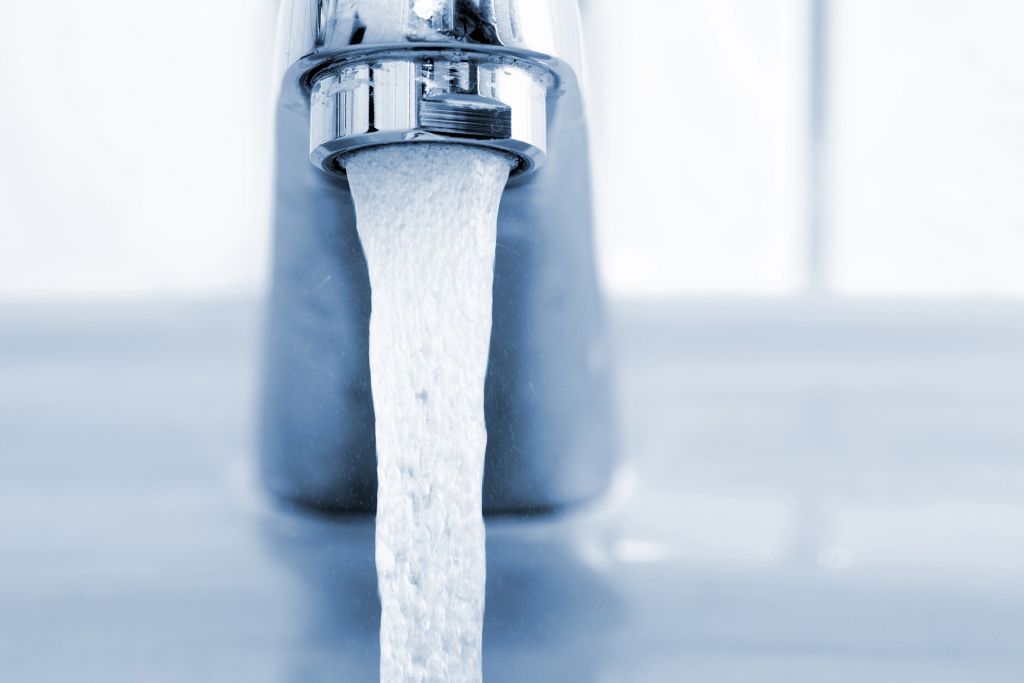Cut your energy, water and gas bills now!

Improve your home’s thermal performance
Heating and cooling your home is the biggest component in your home’s energy consumption. According to the federal government’s YourHome website, heating and cooling account for around 40 per cent of most homes’ total energy usage, so the more you can do to fortify your home’s thermal resistance, the better.
Glazing windows, sealing the building and installing insulation can transform your home’s thermal performance. Consider the suggestions below to help reduce your energy, water and gas bills.
- Ensure there is plenty of shade: Plant trees or install awnings to protect windows from direct sunlight. Most of the heat in your home comes from the sun shining directly onto and into your home.
- Install solar-protected roofing: By installing solar-reflective membranes, or using glazed tiles or a solar-reflective paint, you can prevent heat absorbing into your home and dramatically reduce indoor temperatures.
- Seal your home: Sealing, when done correctly, can save up to 25 per cent on your energy bill. Check window and door frames, unsealed vents and skylights, gaps in ceiling insulation, and gaps in walls and floors for unnecessary draughts.
- Install energy-efficient windows: There are many different types of window glass you can invest in, including double-glazed, toned, laminated, low emissivity and insulated windows, which can significantly reduce noise pollution and the transference of the heat and cold in and out of your home. The type of frame your windows have will also impact thermal and sound proofing performance. According to the YourHome website, “up to 40 per cent of a home’s heating energy can be lost and up to 87 per cent of its heat gained through windows”.
- Insulate your home: Installing insulation in your roof, walls and floors keeps your house cooler in summer and warmer in winter. It can literally cut your cooling and heating expenses in half.
Appliances
When buying new appliances, pay attention to their energy-efficiency rating. Washing machines, dryers, dishwashers, heaters, air conditioners and hot water systems all suck up energy. Head to the federal government’s Energy Rating website to compare products and models. There’s also an Energy Rating App you can download to your phone so you have important efficiency information on hand as you shop! Remember, spending a little more on your appliances can truly save you considerable amounts of money in the longer term, both in relation to energy and water consumption, and ongoing maintenance costs .
Many appliances use energy in their standby mode – including computers, televisions and stereos – so turn them off at the wall. Or you could use a power board to turn off multiple devices at once.
Clothes dryers can be bad news – not only are they harsh on your clothes, but they can cause your power bill to skyrocket. Where possible, dry clothes outside or on internal lines. And did you know sunlight actually acts as a natural disinfectant? The UV rays kill harmful bacteria – yet another reason to ditch your clothes dryer.
Don’t turn your hot water system up unnecessarily high – 50°C is high enough on an instantaneous system, and 60°C is enough on other hot water storage systems. In winter you can set your fridge at a more moderate temperature than in summer.
Air conditioners and heaters
Air conditioners and heaters deserve a special mention. These power-guzzlers make life so much better – but can we have our cake and eat it too?
When it comes to air conditioners, it’s important to keep them maintained by cleaning the filter and ensuring condensation drains properly. This will help it run more efficiently and use less energy. Try using ceiling or pedestal fans on moderate days when you need greater airflow but not cooling. Close the windows closest to the fan and open windows on the opposite side of the room to keep hot air out. Keep shades drawn to block direct sunlight, or install awnings to help prevent the sun heating up your home.
Keep the air conditioning unit out of direct sunlight, set it at a more moderate temperature at night (this will save lots of energy) and turn it off when you’re not home. On humid days, set the air-conditioning fan low – this helps it remove moisture from the air. In naturally cooler parts of the house, keep windows closed to seal the heat outside.
Reducing your heating needs is a little less technical. Turning heaters off at night and when you’re out is both safer and a good energy-saver. Wearing appropriate clothing and layering your bedding means you can turn heaters down. Sectioning your home into zones where you can concentrate your heating efforts will make a big difference, as will sealing gaps in window and door frames to prevent draughts. Let light stream in through the day and close blinds and curtains at night to keep the heat in. The federal government’s YourHome website provides detailed information on the most energy-efficient types of heating and the most appropriate heating appliances for different areas of your home – it’s well worth a read.
Lighting
If you have bulbs that constantly blow, get your wiring checked, as it is a waste of globes and may be a sign of a faulty circuit or light fitting. The next step is to change to LED lights. They use approximately 70 per cent less energy than conventional bulbs and are now available in a broad range of bulb types, including down lights.
Dust your lights regularly, as a layer of dust can prevent up to 50 per cent of the light shining through. Place outdoor lights on timers set to the appropriate time and try using lamps rather than overhead lighting, as you will save money and makes for a much more stylish looking room!
Reduce your water usage
Don’t just invest in white goods that are rated water-efficient by the national Water Efficiency Labelling and Standards (WELS) – use them wisely. Only wash when you have a full load of dirty clothes, and don’t turn on a half-empty dishwasher. Use economy cycles where possible.
Wash your clothes in cold water, as your hot water system is the second biggest energy-guzzler after cooling and heating. Install water-efficient fixtures in your bathroom and kitchen as soon as possible. This will dramatically reduce your hot water usage and your overall water consumption. It is particularly important to choose a water-efficient toilet, as it is one of the biggest water-users in the home – literally ‘flushing away’ clean water. You don’t have to replace the whole toilet – alterations can be made to your existing unit.
An inefficient shower head uses 20 litres of water a minute, while an efficient shower head uses nine or even six litres per minute. Fix leaking taps and toilets now – there really is no excuse for this water wastage. A leaking toilet can waste more than 96,000 litres of water a year, while a leaking tap can waste more than 12,000 litres a year, according to the YourHome website.
When it comes to outdoors, focus on plants suited to your environment. Natives are best, as they will require less watering. Sweep rather than hose down paths and paving, and look into installing a rainwater tank. They can be a wonderful free source of water for around the home.
Minimise your gas bill
One of the best ways to minimise your gas bill is to bundle your services with your electricity provider. You can obtain significant discounts by combining the services into one account. Also, make sure you shop around. The market has become much more competitive in recent years, and energy companies will do more to win or keep your business.
If you’re cooking with a gas stove, begin with hot water in your pots and cook with the lids on – this will reduce cooking time. When using a gas heater, take all the steps you can to minimise the amount of heating you need to warm your home, as outlined above.
Continue reading the Guide to Cutting Homeowner Costs with: Minimise your mortgage burden
We recommend
We thought you might like
States
Capital Cities
Capital Cities - Rentals
Popular Areas
Allhomes
More







